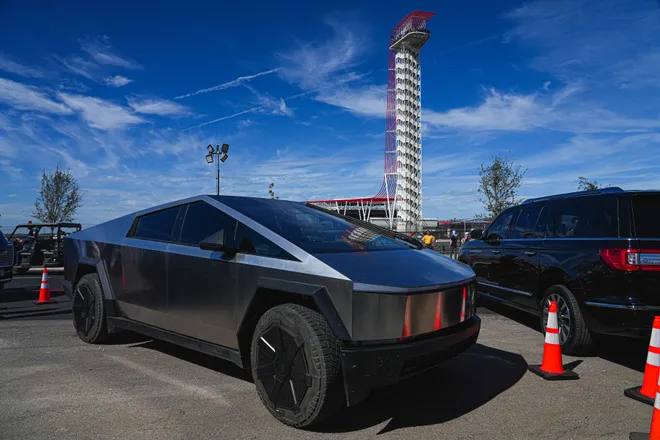Tesla is facing a significant recall involving over 27,000 of its highly anticipated Cybertrucks. The issue? A lag in the reverse camera feed that takes too long to display when the vehicle is put into reverse. This delay, ranging from 6 to 8 seconds, exceeds the federal requirement, which mandates that backup cameras display the image within 2 seconds.
With the Cybertruck’s unique and bulky design, rear visibility is already a concern for drivers. A laggy camera could increase the risk of accidents, particularly in tight or crowded spaces. Although no incidents have been reported, Tesla’s proactive response included issuing a recall and providing an over-the-air software update to fix the problem.
What’s Behind the Recall?
The delay is attributed to a software malfunction that affects how quickly the backup camera image loads on the display screen. Given that modern vehicles rely heavily on these systems for parking and safety, the laggy camera does not meet current U.S. safety standards. Tesla has emphasized that this problem is purely software-related, allowing for a quick and easy fix through remote updates.
Why This Matters
Backup cameras are essential safety features in today’s vehicles, helping prevent collisions when reversing. Tesla’s recall reflects the broader importance of ensuring that safety features meet legal requirements. With the Cybertruck’s already large frame, anything that impedes visibility could pose additional risks.
Tesla’s Response
Tesla, known for using over-the-air updates to fix software issues, quickly issued a solution. The company started rolling out updates to the affected vehicles, allowing owners to resolve the issue without needing to visit a dealership. This ability to handle recalls remotely underscores Tesla’s unique approach to automotive technology and customer support.
What’s Next for Cybertruck Owners?
While this recall may sound alarming, Tesla has handled the situation swiftly. If you own a Cybertruck, your vehicle will likely receive the necessary update automatically, and your camera should start functioning properly again within days. No physical repairs are needed, and there’s no need to schedule a visit to the service center unless the software update fails to resolve the problem.
This is one of the early challenges Tesla faces as the Cybertruck enters the market, but it highlights how new vehicles, especially those packed with cutting-edge technology, require ongoing software support to ensure they meet safety standards.


